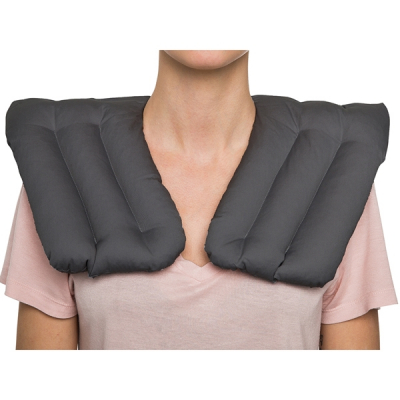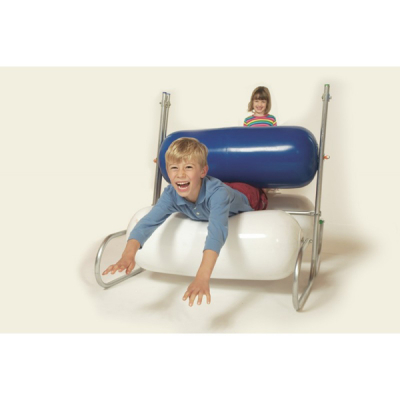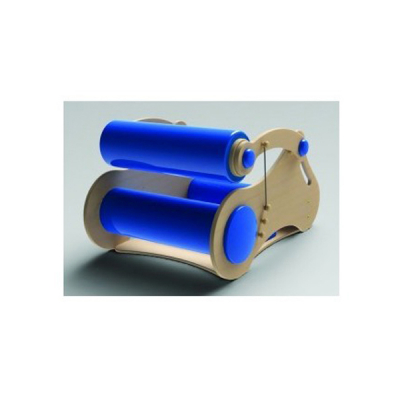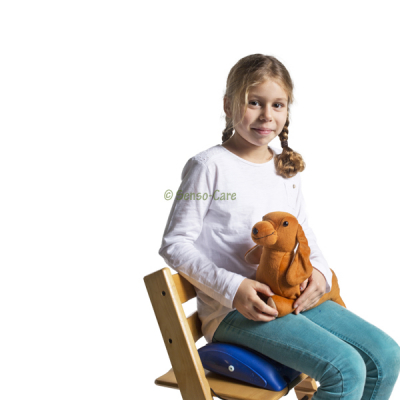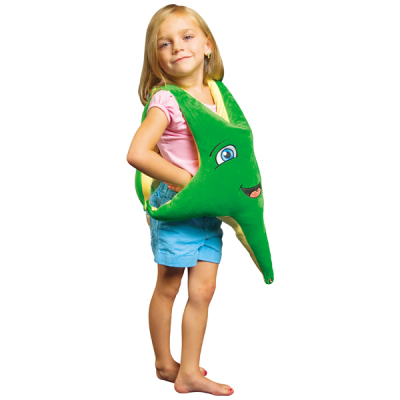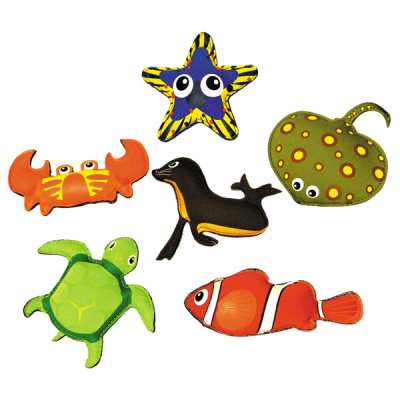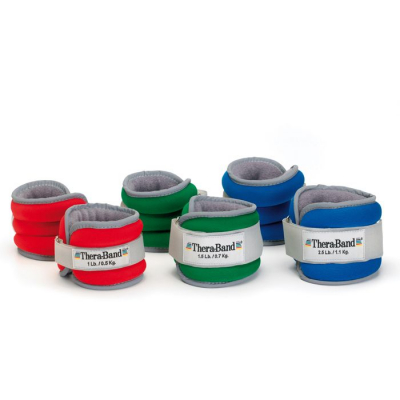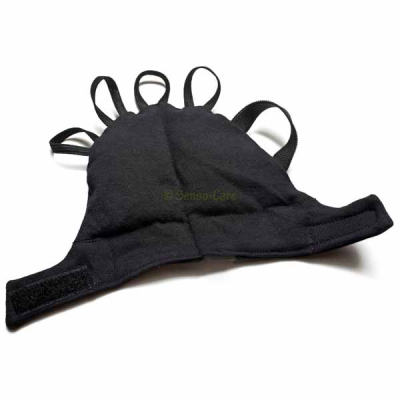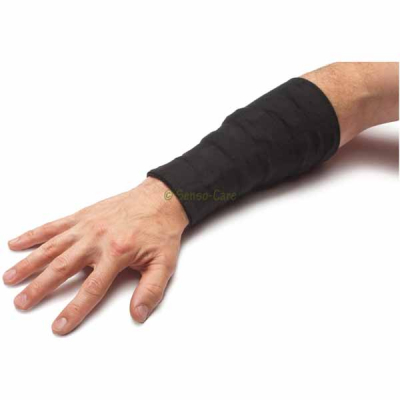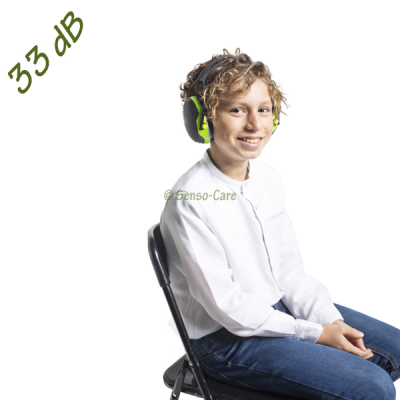Stimuli processing
Sensory integration, also known as sensory processing, is a theory and practice that focuses on understanding and processing information received by our senses. The theory of sensory integration was developed by Jane Ayres, an American physical therapist and developmental psychologist.
In the 1960s and 1970s, Ayres discovered that children with motor problems often also had difficulties processing information received through their senses. This led to the development of the theory of sensory integration, which posits that proper development of motor skills is dependent on proper processing of sensory information.
At that time, sensory integration was primarily applied in physical therapy and occupational therapy, and efforts were made to improve sensory processing in children with motor problems. Today, sensory processing is applied in a broader context, such as neuropsychology, child and adolescent psychiatry, and behavioral therapy. Sensory processing is now used to help children with autism, ADHD, and other developmental disorders, but it is also used in adults for example in case of burn-out or stress.

